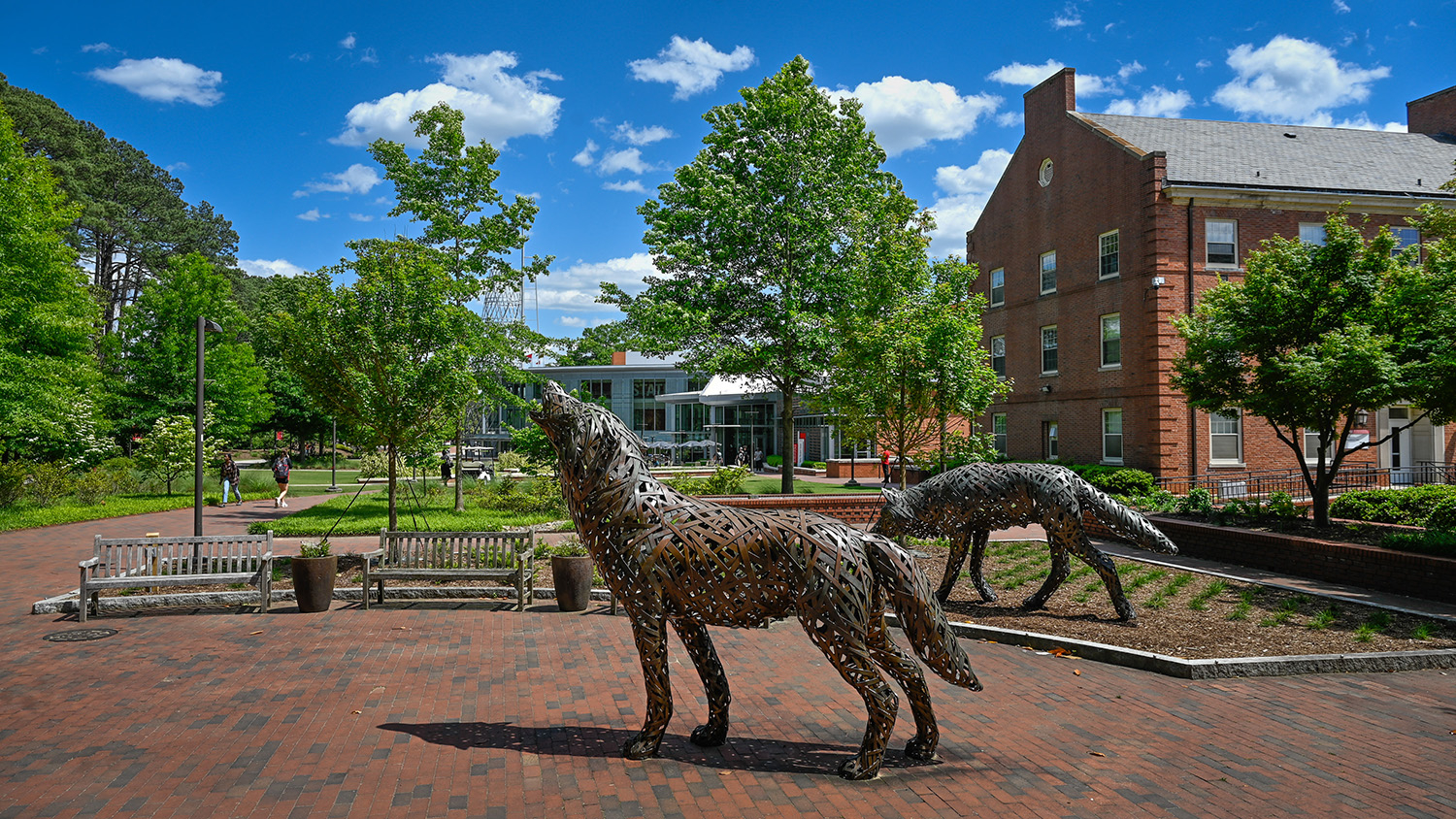Thinking Outside the Brick
During a stint as a teaching fellow in the College of Design a few years ago, Ginger Dosier came up with a rather strange idea. If you could harness the power of bacteria to grow bricks, she mused, how cool would that be? Instead of mixing sand and clay and firing up a kiln, you could simply feed the bacteria the right combination of ingredients, then stand back.
Even by College of Design standards, it’s a pretty revolutionary idea. The funny thing is, it works. Dosier is now at the American University of Sharjah in the United Arab Emirates, where she’s planning to conduct field tests in the desert with the help of local Bedouins.
Her research got a boost when Dosier won the top prize in Metropolis magazine’s Next Generation competition. The magazine praised the ecological implications of the advance.

“Tossing a clay brick into a coal-powered kiln, then firing it up to 2,000 degrees, emits about 1.3 pounds of carbon dioxide,” the magazine said. “Multiply that by the 1.23 trillion bricks manufactured each year, and you’re talking about more pollution than what’s produced by all the airplanes in the world.”
Working Across Disciplines
It’s no accident the innovation came out of NC State. Where else do you have top researchers in microbiology, materials science and engineering working on the same campus as world-class design professionals?
In fact, Dosier’s project is a testament to the value of multidisciplinary collaboration. During her two years as a teaching fellow, she audited courses in materials science and shared ideas with colleagues across campus. Two faculty members became mentors: microbiologist José Bruno-Bárcena and architecture professor Pat Rand.
With their help, Dosier pioneered a process that mixes bacteria with sand, calcium chloride and urea to form a material that resembles sandstone. Small bricks – about the size of a Lego – take about a week to grow, fueled by a series of chemical reactions. They’re as strong kiln-fired bricks and could even be engineered to match the strength of marble.
And even though she’s working as an assistant professor of architecture half a world away, Dosier hasn’t stopped collaborating with NC State scientists. She returned to campus this summer to meet with a professor at the Animal and Poultry Waste Center.
As a result, she’ll try using swine waste as a source of urea when she scales up the project.
“This project has definitely required expertise outside of my formal training,” she said by e-mail this week. “And more collaboration is needed for sure in the areas of environmental engineering for the closed loop cycle, where all of the nutrients and water are recycled into the system.”
Looks like a return trip to NC State isn’t far off.
- Categories:


